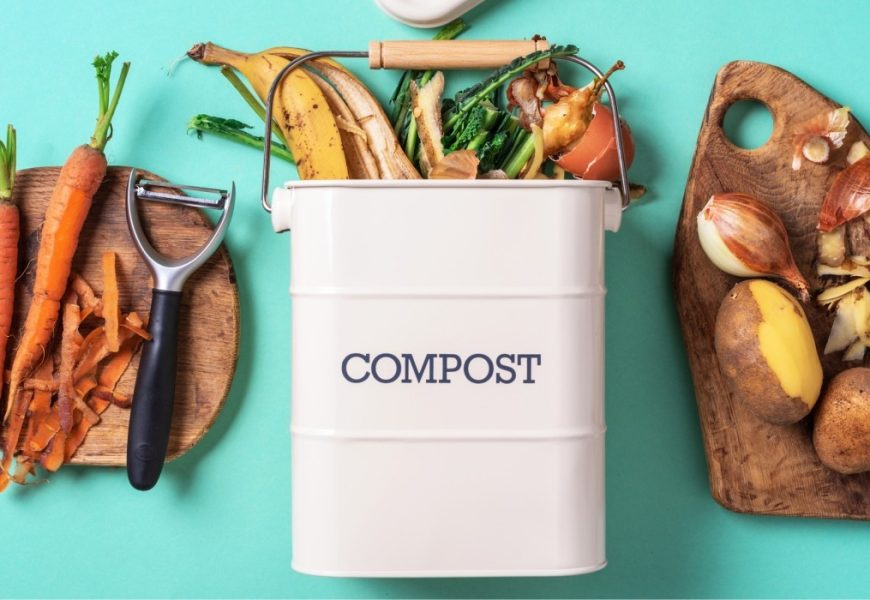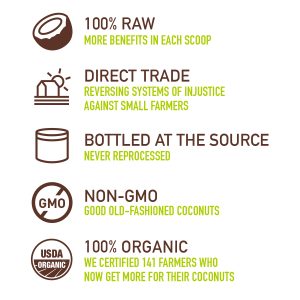In the pursuit of a more sustainable lifestyle, the kitchen serves as a focal point where conscious choices can significantly impact the environment. Composting, a natural process that transforms organic waste into nutrient-rich soil, plays a pivotal role in promoting a green and environmentally friendly kitchen. This article delves into the multifaceted benefits of composting, exploring how it contributes to waste reduction, soil enrichment, and the overall well-being of the planet.
1. The Essence of Composting:
a. Waste Transformation:
Composting is a natural and biological process where organic materials, such as kitchen scraps and yard waste, decompose into a nutrient-rich material known as compost. This process is facilitated by microorganisms, including bacteria and fungi, breaking down the organic matter.
b. Components of Compost:
Compost is a balanced blend of carbon-rich “browns” (e.g., dry leaves, straw) and nitrogen-rich “greens” (e.g., kitchen scraps, green garden waste). The right combination of these elements, along with moisture and aeration, fosters the microbial activity necessary for effective composting.
2. Waste Reduction and Diversion:
a. Minimizing Landfill Impact:
One of the primary advantages of composting is its potential to divert significant amounts of kitchen waste from landfills. By composting organic materials, households can reduce the volume of their waste destined for landfill disposal.
b. Mitigating Methane Emissions:
When organic matter decomposes in landfills, it generates methane, a potent greenhouse gas. Composting provides an eco-friendly alternative, as the aerobic conditions in compost bins foster the production of carbon dioxide rather than methane.
3. Soil Enrichment and Fertilization:
a. Nutrient-Rich Compost:
Compost acts as a natural fertilizer, rich in essential nutrients like nitrogen, phosphorus, and potassium. These nutrients enhance soil structure and fertility, promoting healthier plant growth.
b. Improved Soil Structure:
The organic matter in compost helps improve soil structure, enhancing its ability to retain water and nutrients. This, in turn, reduces the need for synthetic fertilizers and promotes water conservation.
4. Water Conservation:
a. Enhanced Soil Moisture Retention:
Compost’s ability to improve soil structure contributes to better water retention. This is especially beneficial in regions facing water scarcity, as gardens and plants become more resilient to drought conditions.
b. Reduced Water Runoff:
Healthy soil enriched with compost absorbs and retains water, minimizing runoff. This reduces soil erosion, prevents water pollution, and ensures a more sustainable water cycle.
5. Carbon Footprint Reduction:
a. Lower Energy Inputs:
Composting at home requires minimal energy compared to the industrial processes associated with waste disposal and landfill management. This results in a lower carbon footprint and aligns with the principles of sustainable living.
b. Offsetting Greenhouse Gas Emissions:
By diverting organic waste from landfills, composting helps mitigate the release of methane, a greenhouse gas with a significantly higher warming potential than carbon dioxide. Composting serves as a tangible way for individuals to contribute to climate change mitigation.
6. Community and Educational Benefits:
a. Community Engagement:
Composting fosters a sense of community engagement. Shared composting initiatives, community gardens, or composting workshops provide opportunities for individuals to connect, share knowledge, and collectively contribute to environmental well-being.
b. Educational Opportunities:
Composting serves as an educational tool, teaching individuals about the natural cycles of decomposition, nutrient cycling, and the importance of waste reduction. It empowers people to make informed choices and instills a sense of responsibility toward the environment.
7. Creating a Simple Home Composting System:
a. Compost Bins and Piles:
Setting up a home composting system can be straightforward. Compost bins or piles, preferably in a shaded area, provide a space for organic matter to decompose naturally. Various types of compost bins, from traditional to worm composting systems, cater to different preferences and living situations.
b. Balancing Greens and Browns:
Achieving the right balance between nitrogen-rich greens and carbon-rich browns is crucial for successful composting. Kitchen scraps like fruit and vegetable peels, coffee grounds, and eggshells contribute to the nitrogen component, while dry leaves, newspaper, or cardboard provide carbon.
c. Turning and Aerating:
Regularly turning the compost pile or using aeration systems ensures that the microorganisms responsible for decomposition receive the oxygen they need. This promotes efficient composting and prevents unpleasant odors.
d. Patience and Monitoring:
Composting is a gradual process that requires patience. Regular monitoring of the compost’s moisture levels, smell, and temperature helps identify and address any issues that may arise.
8. Overcoming Common Composting Challenges:
a. Odor Issues:
Properly balancing greens and browns, avoiding meat and dairy in home compost, and regular turning can help prevent unpleasant odors.
b. Pest Management:
Maintaining a balanced compost pile and avoiding certain materials, such as pet waste or diseased plants, can help mitigate pest issues.
c. Composting in Small Spaces:
For those with limited space, vermicomposting (using worms) or composting in smaller containers can be effective solutions.
9. Municipal Composting Programs:
a. Urban Composting Initiatives:
Many urban areas have introduced municipal composting programs, allowing residents to separate organic waste from other trash. Participating in these programs extends the environmental benefits of composting to a broader scale.
b. Curbside Composting:
Curbside composting collections make it convenient for households to dispose of organic waste separately. These programs often include the composting of yard waste, further reducing the burden on landfills.
10. Composting Challenges and Innovations:
a. Scaling Composting for Larger Communities:
Scaling composting initiatives for larger communities and urban areas requires innovative solutions. This may include community composting hubs, partnerships with local farms, or the integration of composting into waste management infrastructure.
b. Technological Advancements:
Innovations in composting technology, such as automated composting machines for households or community-level composting facilities, aim to simplify the process and make it more accessible.
Conclusion:
Composting stands as a powerful ally in the journey toward a green and environmentally friendly kitchen. Its impact reaches beyond waste reduction, extending to soil enrichment, water conservation, and community engagement. As individuals embrace the practice of composting, they contribute to a more sustainable and regenerative approach to living. From the backyard composter to municipal initiatives, composting embodies a fundamental shift toward conscious consumption and a harmonious relationship with the environment. Cultivating sustainability in the kitchen through composting is not just a choice; it’s a transformative step toward a healthier planet for generations to come.

















